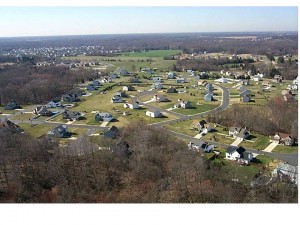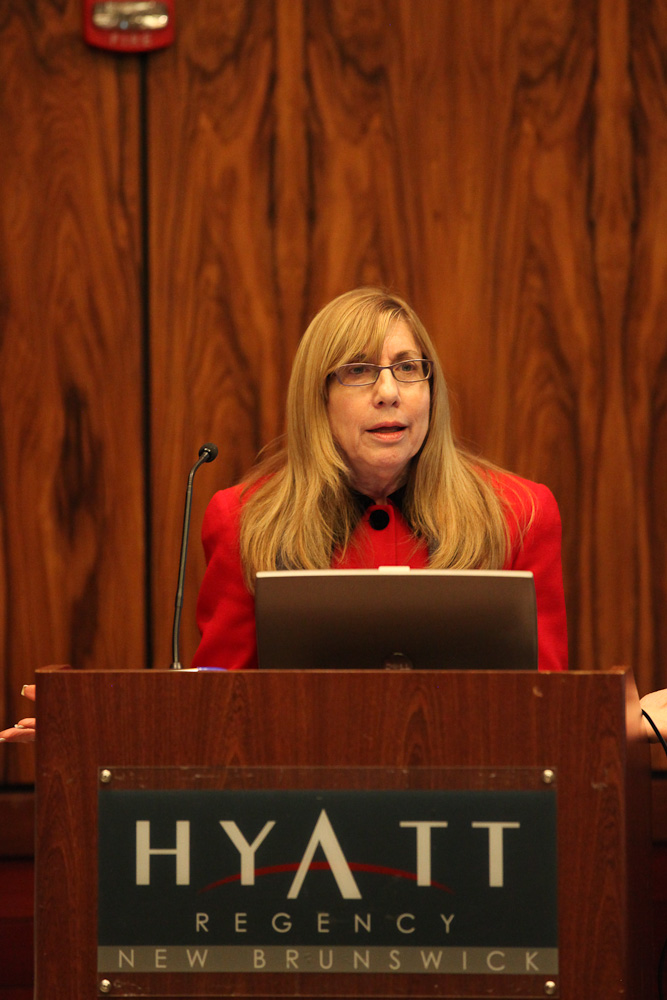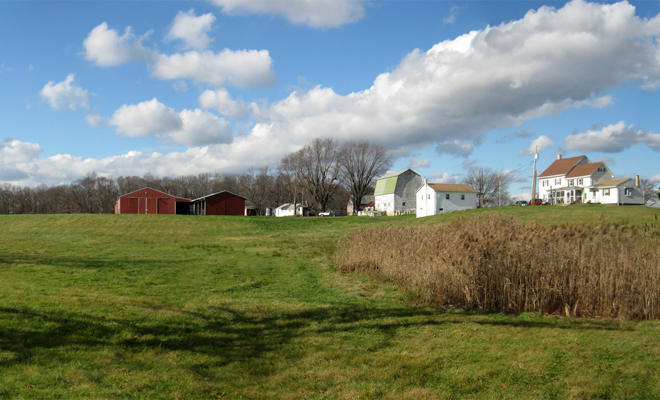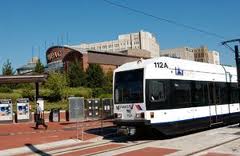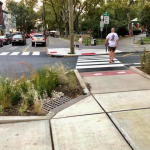New Jersey Future Blog
New County Population Estimates: Older Places Continue Their Revival
April 4th, 2014 by Tim Evans
Exurban counties continue to lose population.
On March 27, the Census Bureau released 2013 county population estimates. There are some interesting highlights among the New Jersey and Pennsylvania numbers:
- Hudson County was the fastest-growing county in New Jersey over the past year, repeating its no. 1 position from 2011-2012. In fact, Hudson is the fastest-growing county in the state for the entire post-recession period of 2008-2013.
- The top five fastest-growing counties from 2012-2013 — Hudson, Union, Bergen, Middlesex, and Somerset — are the same five counties that grew the fastest the previous year (2011-2012) and also the same five that have grown the fastest overall since 2008. Only the order changes in each case.
- The other two of the North Jersey “urban core” counties — Essex and Passaic — are also in the top 10 fastest-growing for the last year and for 2008-2013 overall.
- However, South Jersey’s smaller counterpart to the “urban core” isn’t faring nearly as well. Camden County lost population from 2012 to 2013, as did Burlington.
- Mercer County, which comprises an even smaller urban area plus its suburbs, fell in between but resembles more closely the northern urban core than the southern one. It was the sixth-fastest growing county in the state this past year, up from eighth place the year before, surpassing Ocean County (formerly the second-fastest-growing county in the state, pre-recession, after Gloucester), which ranked seventh both years.
- Extreme southern New Jersey — Salem, Cumberland, and Cape May counties — lost population over the past year. (Atlantic posted a small gain.) For Salem and Cape May, this was a repeat from the previous year, and both counties actually have fewer residents now than they did in 2008. Cumberland, in contrast, gained population last year (2011-2012) and is still in positive territory compared to 2008.
- The northwestern exurban counties — Hunterdon, Warren, and Sussex — all lost population again this year, as they all did last year. All three have fewer people today than in 2008. This is a dramatic reversal from the earlier part of the 2000s, when Hunterdon and Warren were both in the top 10 (and Sussex just out of it, at no. 11), and from the 1990s, when Hunterdon ranked third and Warren ranked fifth.
- Also reversing course have been Pike and Monroe counties in northeastern Pennsylvania, formerly the North Jersey “sprawl frontier.” Both counties continued their spectacular growth through most of the 2000s, growing by more than 20 percent between 2000 and 2008 after even more rapid growth in the 1990s, but both have now lost population the last two years, and both have fewer people today than they did in 2008.
- The Pennsylvania portion of the Philadelphia metro area is faring better than the New Jersey piece. All four suburban counties on the Pennsylvania side — Bucks, Montgomery, Delaware, and Chester — as well as the City of Philadelphia gained population from 2012 to 2013. For the entire post-recession period from 2008 to 2013, the City of Philadelphia posted a bigger percent increase in population than any of its suburban counties on either side of the river except Chester County. Philadelphia grew faster than Delaware, Montgomery, or Bucks counties in Pennsylvania and faster than Burlington, Camden, Gloucester, or Salem counties in New Jersey. Outpacing Gloucester is especially remarkable, since Gloucester was the fastest-growing county in all of New Jersey from 2000 to 2008.
Overall, what we are seeing is a continuation of the pattern that began to manifest itself in 2008, with older, built-out places experiencing new population growth, sometimes for the first time in decades. In some places this growth is enough so that the more urbanized counties are now the statewide growth leaders, while many (though not all) of the previously fastest-growing exurban counties are now stagnating or even losing population. (Ocean and Gloucester continue to grow, just not nearly as fast.) The urban recovery may even be spreading to Mercer County now, although we can’t really tell without corresponding municipal population estimates, due out later in the year. However, the same urban recovery is not yet helping to revive Camden County. In the Philadelphia metro region, the redevelopment wave so far seems to be happening mainly on the Pennsylvania side of the river.

